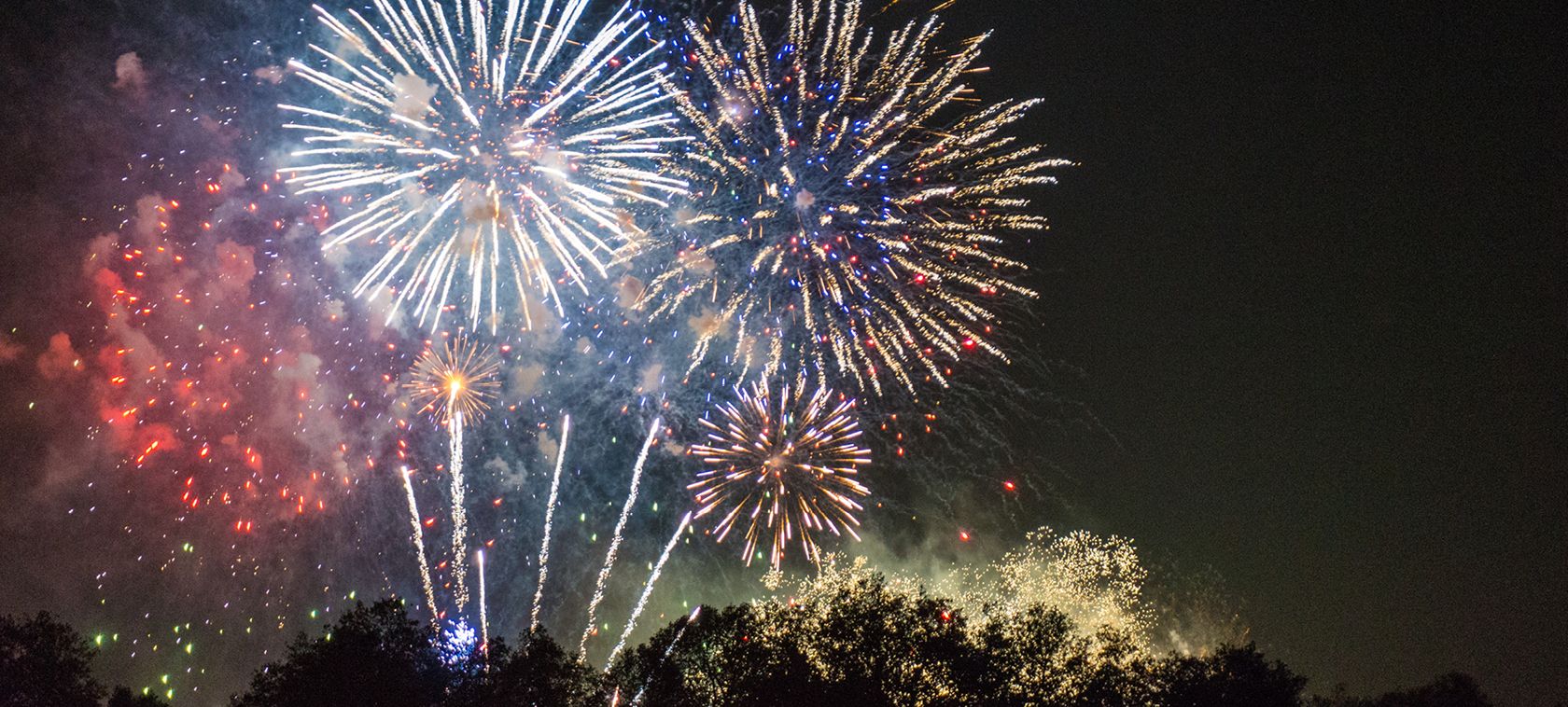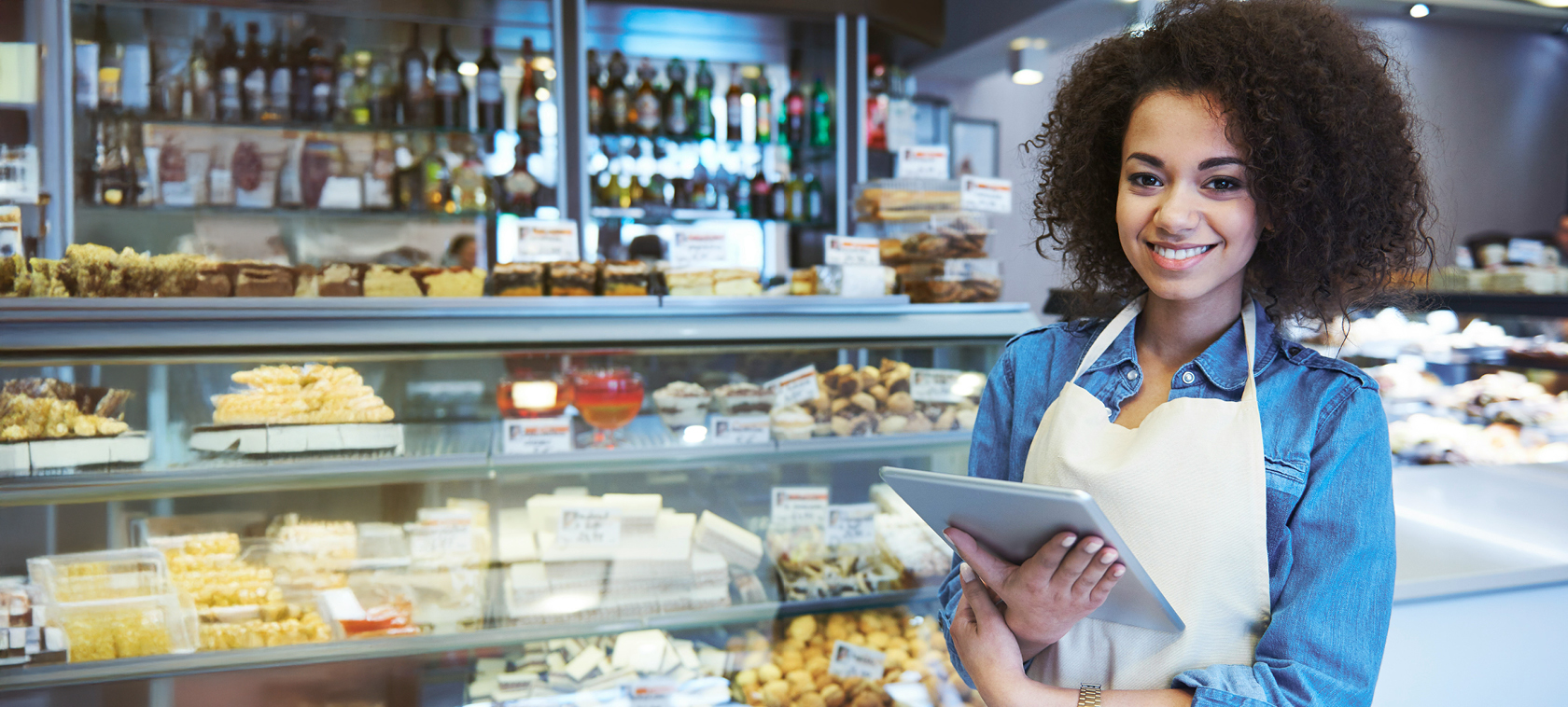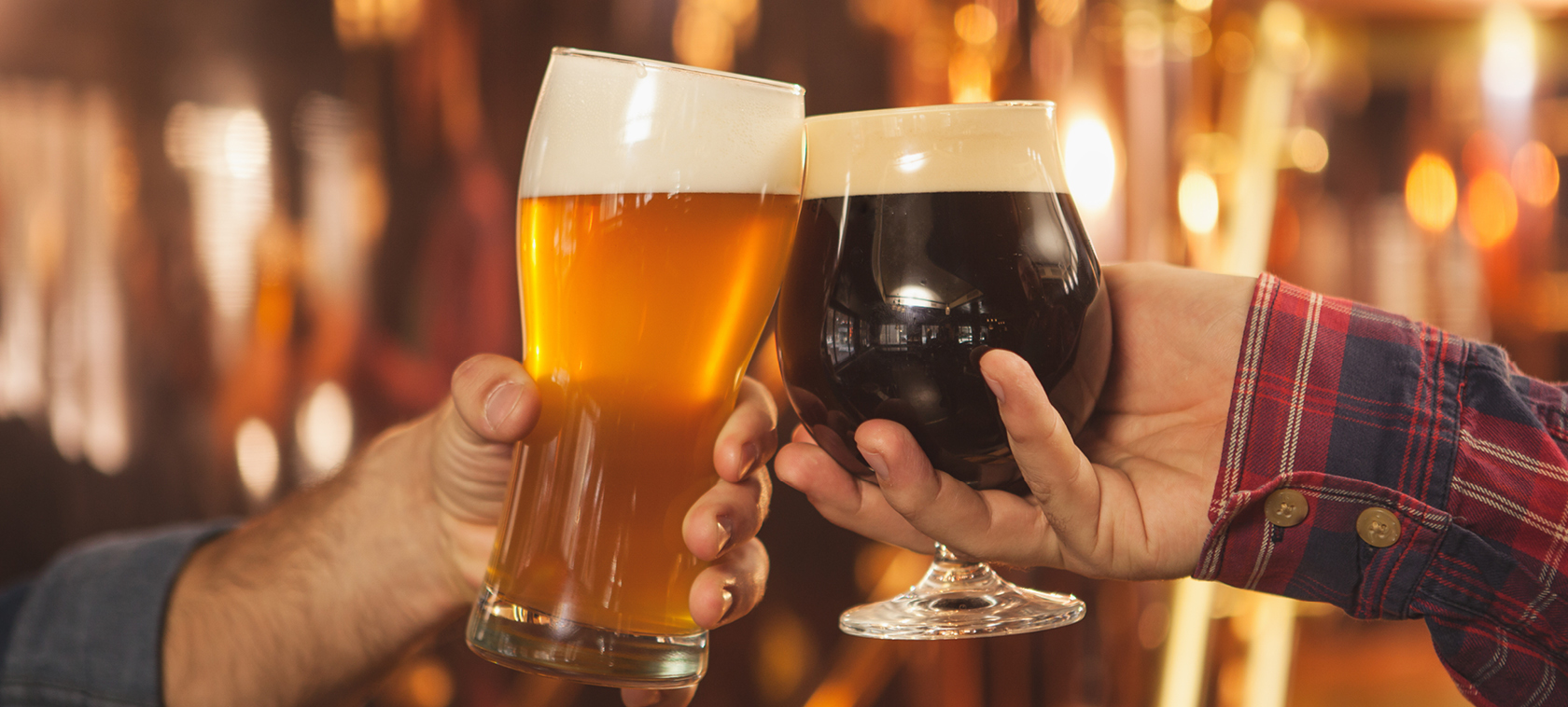November has arrived and we say hello to the dark evenings, the ice-scraper and of course, Bonfire Night! The British tradition, dating back to the Gunpowder Plot of 1605, is celebrated across the UK with fireworks set off to represent the gunpowder that was never used by the plotters. Many businesses also get involved and host bonfires which, paired with a fantastic firework display and scrumptious food, is an event enjoyed by all – with the exception of our beloved noise loathing pets. However, there have been cases where suitable precautions have not been followed, causing the wrong kind of explosive effects.
Over the past few years, statistics have shown that not everyone ends the night safe and sound; for many, it ends in injuries, burns and lifelong scars. Around 1,000 people visit A&E for treatment of a firework-related injury in the four weeks around Bonfire Night, with half of the injuries being suffered by under-18s. With the correct measures implemented, the risk of accidents can be drastically minimised to make sure that everyone remembers the pinwheels and pies and not the wait in A&E.
For coordinators of Bonfire Night activities, preparation is key. Before any plans are made, you should check with your local Fire Brigade whether your area has any restrictions regarding bonfire permits and then notify them of your arrangements. Bonfire Night lands on a Saturday this year which means that in addition to normal busy weekend service, businesses also need to spend time setting up the evening activities. Having a structured layout is one way to rapidly reduce any possible incidents that could happen on the night and we propose mapping out 5 designated areas to keep you safe.
The viewing area – This is the only zone for spectators of the bonfire and firework display. It might be worthwhile cornering off a section of this area too for those who want to use sparklers. A sparkler burns at the equivalent rate to a welding torch so standing in a busy, overcrowded area with these burning rods is a disaster waiting to happen. Last year as reported by RoSPA, over 350 preschool children were treated in hospital for firework injuries – why not slide a plastic cup over the end of the sparkler so that children’s hands are protected from the sparks as suggested in The Sun?
The safety area – Also known as the ‘no-mans land’, this is the space which separates the audience from potential dangers and prevents the possibility of individuals throwing dangerous explosive items onto the bonfire, such as aerosols or fallen fireworks. Even those thought to be ‘dead’ fireworks, should not be disposed onto a bonfire, all fireworks should be immersed in water for around 24 hours following their use.
The bonfire area – Bonfires should be built at least 15 metres from buildings, roads and fences and more important than anything, should be stable. Before lighting the fire, check that there are no animals or even small infants hiding inside the build-up of materials and inspect the surrounding area for any combustible materials and overhead power cables. Do not use flammable liquids such as paraffin or petrol to speed up the fire as this could result in the uncontrollable spread of fire or, even worse, an explosion. Use paper and solid firelighters in two or three places to ensure an even burn.
The firework area – Further away to the already mentioned zones should be the firework area. Prior to the display, keep the fireworks in a closed, preferably metal box, and use one at a time. You should only buy British Standard BS 7114 fireworks from a licensed retailer; although cutting corners on the cost could initially look like an easy way of saving a few quid, splashing out on reputable venders limits the likelihood of accidents that are highly likely with untrustworthy fireworks. Many seem to forget that fireworks are essentially an explosive device, so if you are in charge of the fireworks, ensure you have read all of the instructions in daylight, keep any naked flames including cigarettes absent and do not drink alcohol until your duty is complete. Always direct fireworks away from the spectator area and never return to a firework once it has been lit; even if the firework appears to be dud.
The drop zone – This is the vacant area where fireworks can land without causing harm to anyone or anything. Although when hosting a bonfire night event, you do not have any control over the individuals who attend and the dangers they may pose; you can limit the potential risks. Whether it’s an accidental firework landing in an external waste area or an individual deliberately causing arson, you can avoid the likelihood of this by removing the risk. Make sure that any rubbish is collected and disposed of prior to the event and that all external waste bins are positioned safely with the lid firmly shut.
In the event of an incident where the individual involved suffers from a burn, if minor, ensure that the burn is immersed in cold water for at least 10 minutes and then covered in clean non-fluffy material to prevent infection; clingfilm does the job well. At no point, should the burn be touched or any blisters burst and if the burn appears to be serious then a trip to hospital is advised.
With a bit of extra planning, your Bonfire Night celebrations are sure to go better than Guy Fawkes’ night back in 1605. We are looking forward to our sparklers here at Shield Safety Group (with gloves of course).
The information contained in this blog article has been created for marketing purposes and is not official guidance and should not be used as a substitute for official Food Safety, Fire Safety and Health & Safety advice. Shield Safety take no responsibility if the information in the blog article is used to form part of a safety management system or used to form part of any legal or regulatory compliance for your business. For official guidance and to engage with Shield Safety services please do call our team on 020 3740 3744 or email hello@shieldsafety.co.uk.



